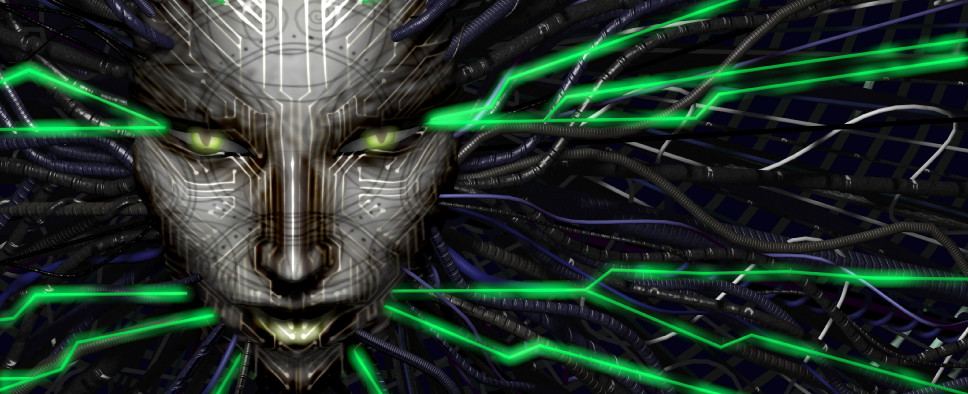The Making of System Shock 2's Opening Area
-
Category: News ArchiveHits: 2307

This Eurogamer article takes a close look at the opening Med/Sci level of System Shock 2 with the help of its original designer - Ian Vogel. It's a nice lesson in game design that walks us through Vogel's creative process and describes how that level came to be. The article also lists all the things that inspired this memorable area, like Star Trek, Half Life, and The Shining (both the book and the movie), and then, in turn, mentions some of the games that were clearly influenced by System Shock 2. An excerpt:
System Shock 2 has a very different layout to Thief, and indeed most immersive sims. From the player's perspective it isn't constructed from individual levels. At least, not explicitly. The spaceship Von Braun does comprise several decks, each with a different form and function and separated by loading screens. But the environment is built through a more holistic approach, with the player required to traverse back and forth through the ship frequently. Indeed, if System Shock 2 did have a sequential structure, then Med/Sci would actually occur smack in the middle of the game.
It's from this perspective that Looking Glass and Irrational began development. "There wasn't a really great plan for Med/Sci at the time because we're all scrabbling to make the entire game at once, right?" says Vogel. "It was basically a flat basement space, and it just didn't feel like a spaceship. It didn't feel interesting. There weren't any nooks and crannies that were either architecturally true to what a ship could be. It just felt flat and kinda lifeless."
In Med/Sci, Vogel saw his chance to make his mark. He stepped forward and asked for creative control over the level. "I just owned it. I was like 'Lemme do this' and I rebuilt the level three or four times," he says. "I just wanted to welcome players and terrify them at the same time."
There were various sources of inspiration for the way Med/Sci introduces the player. From a structural and narrative standpoint, the primary influence was not Thief or the original System Shock, but Half-Life. "That had shipped I think a few months earlier, and I just remember their attention to narrative, their pacing, the mystery that you felt as the hero uncovering this world," Vogel says. "I wanted to use the emotional anchors and prods that Half-Life was looking at." This is particularly evident in the early moments of Med/Sci, when there are several scripted events that demonstrate the deteriorating condition of the ship.
Half-Life offered Vogel a framework for bringing the player into System Shock 2. But the tone and the atmosphere emerged from another source entirely. "We didn't have a clear North Star from a vision standpoint. We knew the game. We knew what we wanted the game to be. But we couldn't easily replicate it even to ourselves. And I was talking to the group one day, I'm like 'You know what this is, we need The Shining in space.'"
The particular nature of the horror in The Shining - a malevolent presence that doesn't simply attack but manipulates and infects over time - was the lynchpin in the atmosphere that Vogel and the team were grasping at. "That was the moment where everything clicked. It wasn't a literal recreation of The Shining. But it was that feeling of isolation, and hallucination and unreliable narrators," Vogel says. "Everything that happened with SHODAN later on, that had nothing to do with The Shining, but that atmosphere had everything to do with The Shining."
Where System Shock 2 diverged from The Shining (Vogel was inspired by both Stephen King's novel and Stanley Kubrick's film, though the two offer famously different approaches) is that there is not one malevolent force working inside the Von Braun, but two. What's more, these two forces are at war with each other, while the player is a pawn caught in the middle. On the one side is the imperious, manipulative AI SHODAN, and on the other, the aggressive, infectious hivemind of the Many. This battle between the synthetic and the organic becomes the defining theme of the game. And it's a theme that coagulates in the corridors of Med/Sci.

